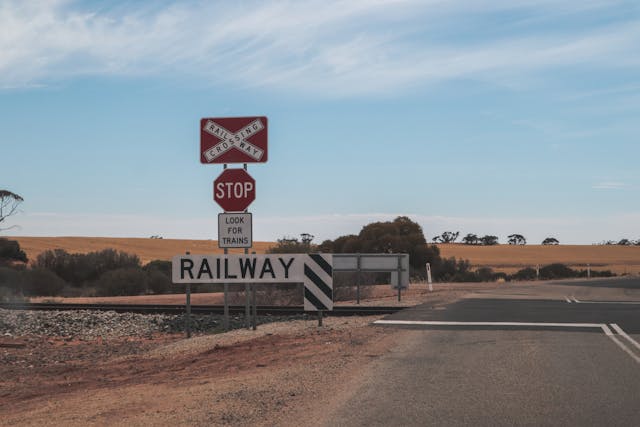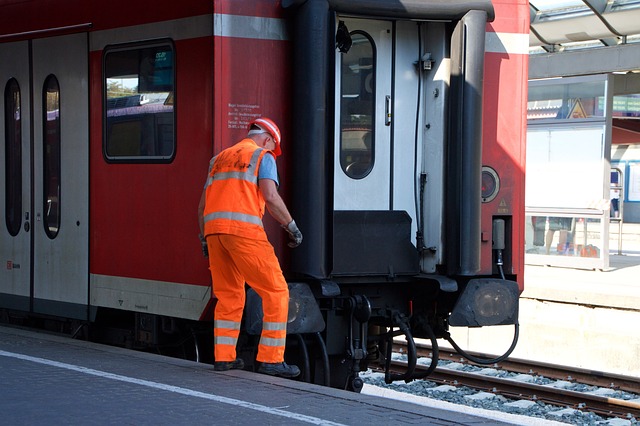
Generally speaking, train transportation may be considered a safer option because it stays on its own track away from other trains and motor vehicle traffic. However, there may be breaks in a railroad in which there is no choice for a track to cross a major intersection designated for buses, trucks, cars, motorcycles, bicycles, etc. With this, parties present on or near a railroad crossing may be made vulnerable to some type of collision and subsequently get seriously injured. With that being said, please read on to discover who might get hurt at a railroad crossing and how one of the seasoned railroad crossing accident lawyers at Hildebrand McLeod & Nelson LLP can help you sue the responsible party.
Who can possibly get hurt at a railroad crossing?
To reiterate, there may be multiple parties present on or near a railroad crossing at once, leaving it to chance who may get injured in the event of a collision or other accident. More specific examples of potentially vulnerable parties are as follows:
- A pedestrian may get struck by an oncoming train if warning signals do not flash or stop signs are missing at the crossing.
- A motorist may get struck by an oncoming train if the gate malfunctions and gets the vehicle stuck on the track at the wrong time.
- A cyclist may get struck by an oncoming train if overgrown vegetation or poorly constructed buildings obstruct warning signs and signals.
- A train passenger may get hurt if a train abruptly stops to avoid colliding with a pedestrian, motorist, or cyclist blocking the track.
- A railroad worker may get hurt if they work on or near a train track where an oncoming train malfunctions, derails, or collides.
How do I sue after my railroad crossing accident?
The role you played during your railroad crossing accident may dictate how you can sue afterwards. That is, as an injured pedestrian, motorist, cyclist, or passenger, you may pursue a personal injury claim. Here, you must ensure that you are filing this lawsuit against the appropriate negligent party. This is to say that the railroad company may not necessarily always be the at-fault entity. Rather, in your case, it may have been a municipality for poorly designing or maintaining a railroad crossing within its jurisdiction. Or, as a driver, the driver ahead of you may have been distracted and stalled on the tracks, causing you to get stuck when the gates went down.
Other than that, if you were a railroad worker performing your job-related tasks at the time of your railroad crossing accident, you may file a Federal Employers’ Liability Act (FELA) claim against your railroad company employer. This is because your stance may be that your employer should have reasonably known about the unsafe working conditions and promptly addressed them to avoid such an incident from happening in the first place.
To ensure your legal argument is well fleshed out, please seek the aid of one of the competent railroad crossing accident lawyers. You may rest better knowing that the team at Hildebrand McLeod & Nelson LLP will not let you enter this legal process without being properly prepared. So please pick up the phone and request our services today.


